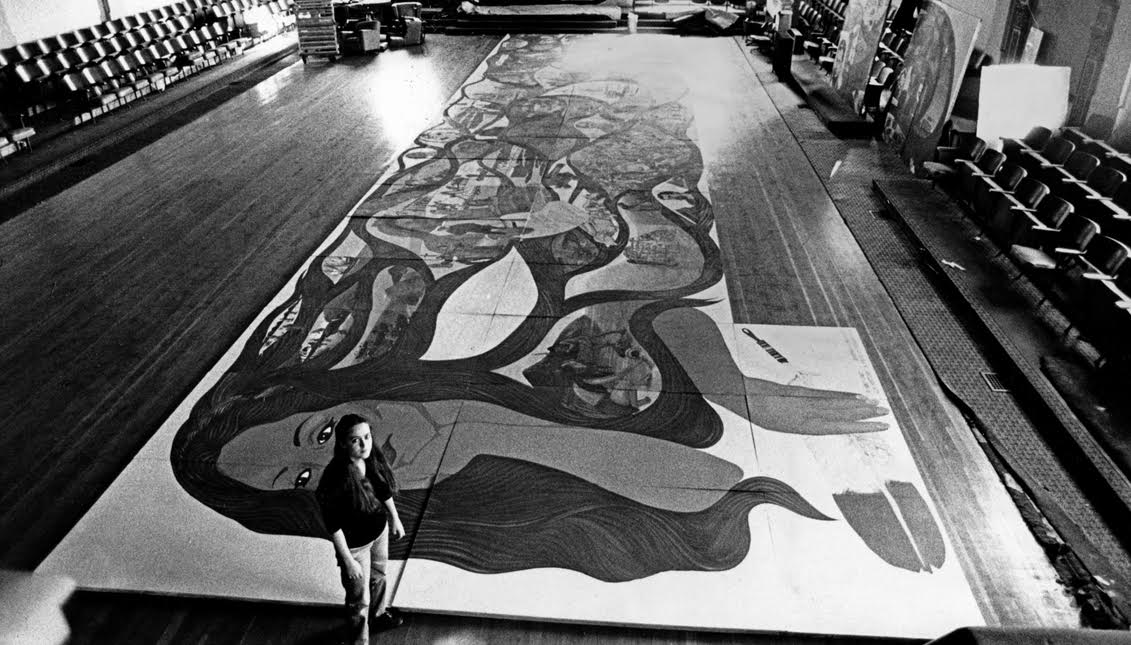
The LA Times re-releases its "Latinos" series, which won a Pulitzer in 1984
Thirty-seven years after its publication, the groundbreaking series on Latinos in Southern California is now a landmark of pushing past Latinx stereotypes.
The Los Angeles Times is nestled in the center of a big Latinx community and has always wrestled with its own presentation of said community. Though held back in the past by a predominantly white male power structure, Latinos have slowly made their way into the hierarchy, and managed to speak a different narrative.
One that doesn’t include being rapists or drug dealers.
Following such a characterization from the paper, the editorial team returned with its crowning ‘Latinos’ series in 1983, which set a new precedent for the way Latinos were portrayed in the media.
To honor the achievement, Hispanic Heritage Month, and a new commitment to bring more Latinx representation into the newsroom, the LA Times re-released the series online.
In total, the series spanned 22 stories that delved into everything from the ethnic roots of Latinos and the Chicano movement to Latino art, business and education. The work was recognized on a national scale too, being awarded a 1984 Pulitzer Prize for Public Service.
RELATED CONTENT
In one of the series most impactful stories, “Going Home: The American dream lives in the barrio, it walks down the street of a journalist George Ramos' old stomping grounds. With every detail explained, he describes the “barrio” created by Latinos in Southern California nestled in then-rural East L.A., in the middle of three freeways.The experience for Ramos was a walk down memory lane, passing through the school he attended, reminiscing about softball games, but with the reminder of the prejudice that existed against those that lived there.
Ramos described old haunts like the town church, the ‘vatos locos,’ and other families in the area. He shared that people would ask if growing up in East L.A. was rough, to which he would say he was from a good neighborhood.
The story winds down with Ramos wondering what Record Avenue would like in 20 years. If it would still be rural and continue to be a corner of society decades later. He didn’t know for sure, but he was certain of one thing.
“Spanish will still be the neighborhood language, but the dogs won’t always heed it,” he wrote.
That’s still true 37 years later, but rather than just East L.A., the Latino influence has permeated all facets of the city, and most parts of the U.S.











LEAVE A COMMENT: